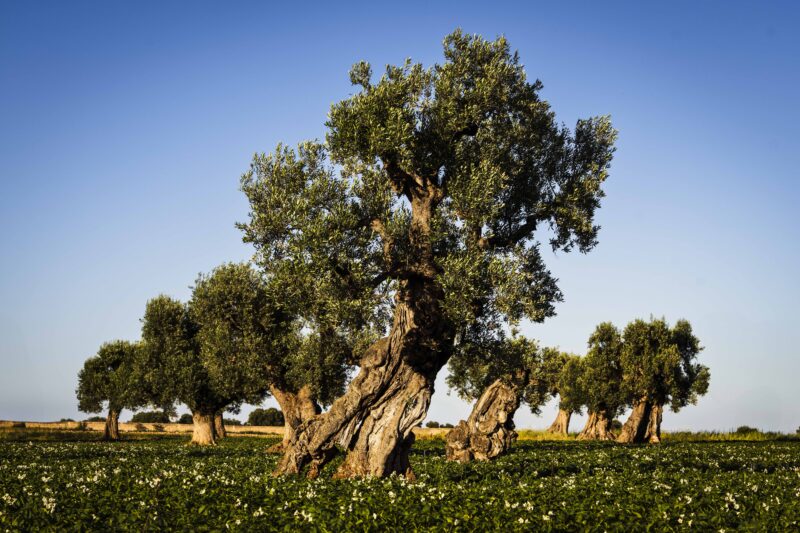Lecce – the Baroque heart of Salento
Discover Lecce, the Baroque city of southern Puglia. From the Basilica di Santa Croce to the Roman amphitheatre and lunch at La Cucina di Mamma Elvira – a journey through art, history and flavour.

A city with layers of time
Lecce, strategically located in Salento, reflects a rich history dating back to antiquity in its architecture and streets. The city was probably founded by the Messapians, an Italic people who lived in southern Puglia before Greek colonisation. The Romans later named the city Lupiae and developed it into an important regional centre
After the fall of the Roman Empire, the Byzantines, Normans and finally the Spanish Habsburgs followed, who left their mark on the city in the 17th century. Under their influence, Lecce thrived as a centre of Baroque art and architecture – a style that took on its own identity here: Lecce Baroque.
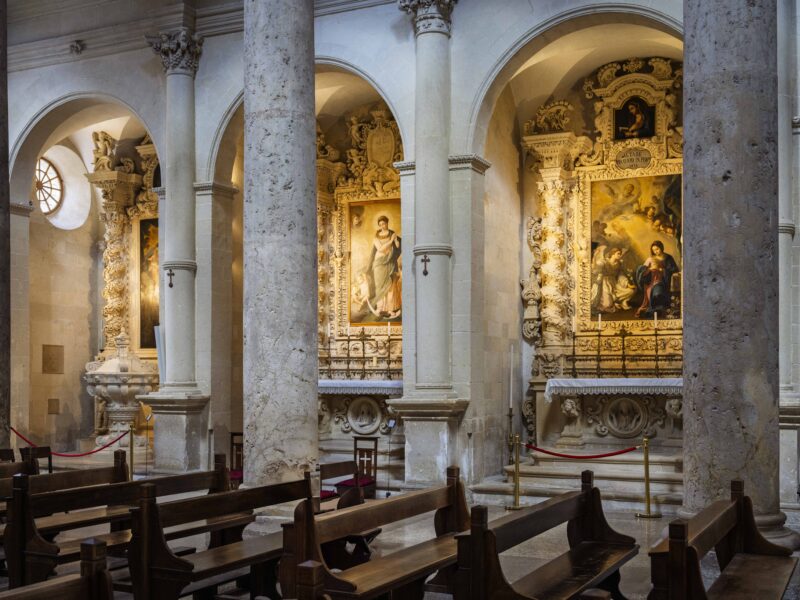
Baroque in Lecce – a real explosion of ornamentation
Baroque in Lecce is exuberant, sensual and refined. The soft, golden-yellow pietra leccese – local limestone – is easy to work with and forms the basis for the most detailed facades, cherubs, curls and floral motifs.
The architect Giuseppe Zimbalo (1620–1710), nicknamed Lo Zingarello, was the master of this style. He also designed the front of the Basilica di Santa Croce, the Campanile del Duomo, and the column of Sant'Oronzo.
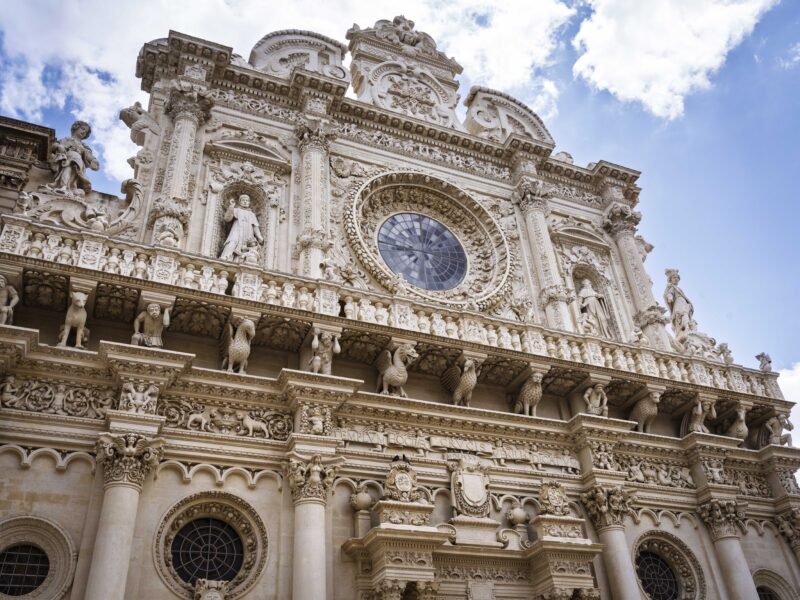
During our Baroque tour, we walked past:
- Piazza Duomo with the cathedral, crypt and campanile
- Chiesa di Santa Chiara – intimate and elegant
- Chiesa di San Matteo – with its undulating façade
- And, of course, the Basilica di Santa Croce – an explosion of Baroque art that will leave you spellbound
An overflow of ornaments? Absolutely. But it's a visual journey you don't want to miss.
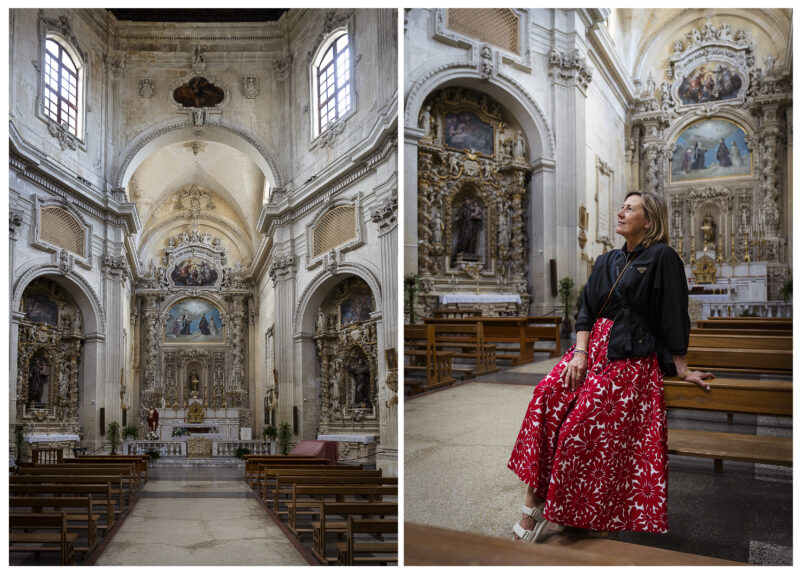
Roman echoes – the amphitheatre of Lecce
Right in the centre is the Roman amphitheatre,which was built in the 2nd century AD under Emperor Hadrian.
It was hidden under the city for centuries and wasn't found again until 1901, when it was dug up during some construction work. The horseshoe-shaped theatre could fit up to 15,000 spectators and hosted shows with gladiators, wild animals and fights.
Today, it has been partially excavated and forms a fascinating contrast to the Baroque buildings around it. It's a place where you can literally see the layers of time.

Lunch at La Cucina di Mamma Elvira
For lunch, we went to La Cucina di Mamma Elvira, a charming restaurant where tradition and finesse come together.
- Burratina with sun-dried tomatoes, anchovies, puntarelle and olive oil – a real explosion of taste
- Involtini of melanzana e baccalà – aubergine stuffed with salted cod and topped with tomato sauce
- Tuna tartare with mixed salad – fresh and perfectly balanced
The wine suggestions were spot on – they really know their grapes.

Grotta della Poesia – an ocean blue wonder
After Lecce, we drove to the coast to check out the Grotta della Poesia. This natural swimming cave with crystal clear water is one of the most beautiful places in Salento. The landscape is wild and untamed, and the sea is refreshingly cool, but the view is absolutely breathtaking. The name comes from old stories about poets being inspired by the beauty of this place.
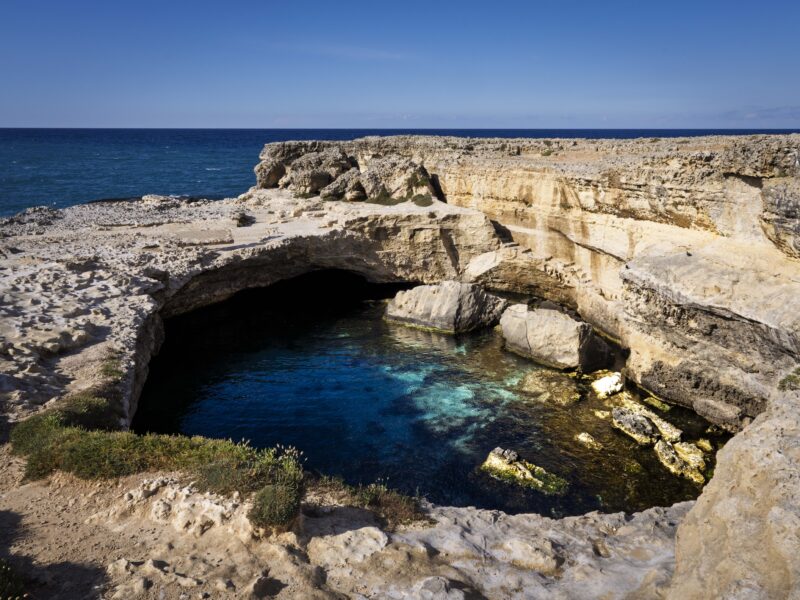
The olive trees of Salento – a sad story
The olive groves of Salento are in danger. It's not just from the Xylella bacterium, but also from years of soil depletion: pesticides, secret wells, seawater infiltration and the disappearance of micro-organisms. It's a real ecological tragedy, and it changes the landscape completely.
